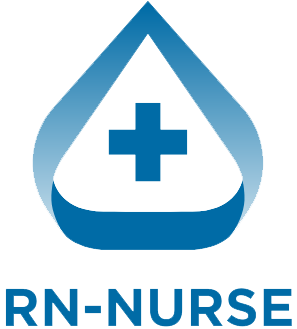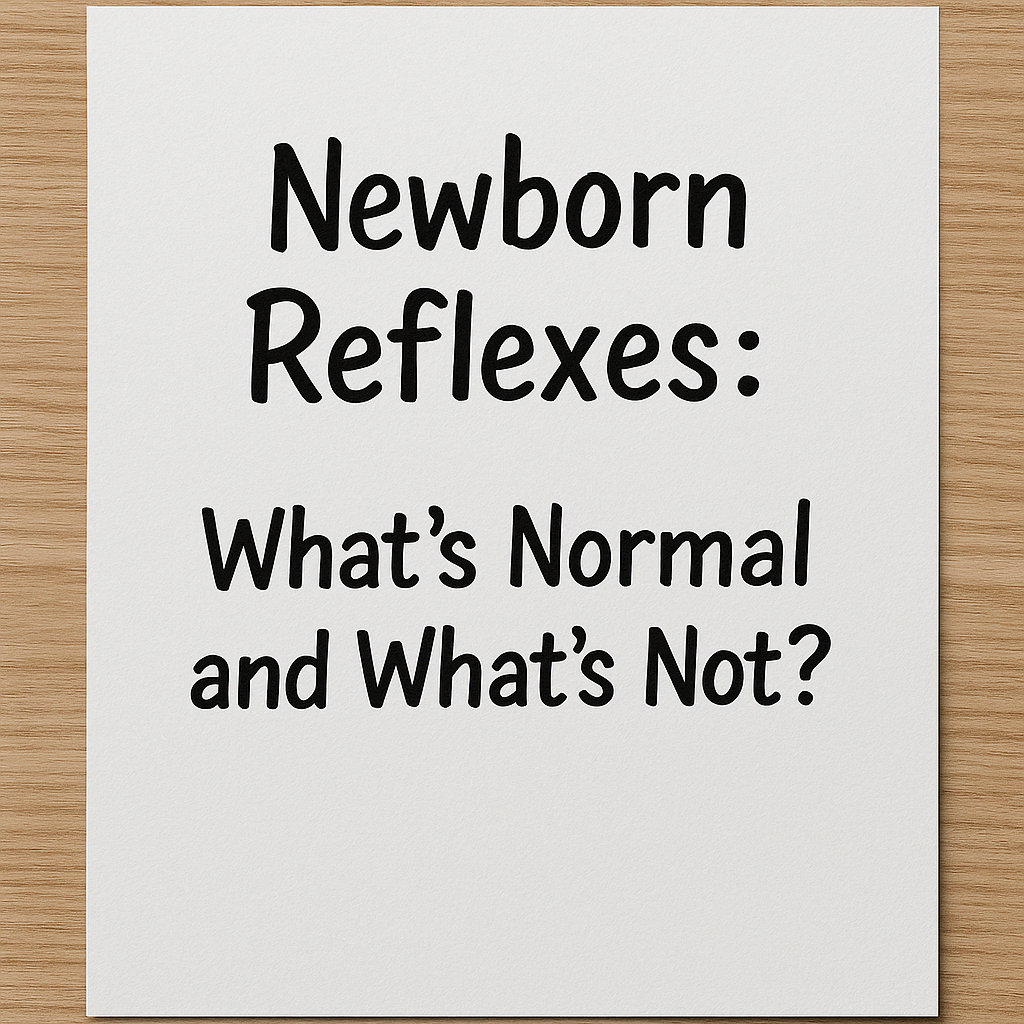Assessing newborn reflexes is a critical skill for every nurse, RN, or nursing student. These reflexes provide insight into the baby’s nervous system development. Moreover, they are frequently tested on the NCLEX and should be included in your nursing bundle for pediatric or maternity care.
🩺 Importance of Newborn Reflexes
Reflexes are automatic responses to specific stimuli. By observing them, nurses can confirm proper brain and spinal cord function. On the other hand, absent or abnormal reflexes may indicate neurological or developmental problems, which require prompt intervention. Early recognition allows timely care and better outcomes for newborns.
🟡 Common Normal Newborn Reflexes
Here are key reflexes every nurse should know:
Rooting Reflex
- Baby turns toward cheek when stroked
- Present at birth and helps with breastfeeding
Sucking Reflex
- Triggered by placing a finger or nipple in the mouth
- Essential for feeding and nutrition
Moro Reflex (Startle Reflex)
- Baby extends arms then pulls them back after a sudden movement or loud noise
- Appears at birth and fades by 4–6 months
Palmar Grasp Reflex
- Baby grasps a finger placed in the palm
- Disappears by 3–4 months
Babinski Reflex
- Stroking the sole of the foot makes toes fan outward
- Normal until 1 year
Tonic Neck Reflex (Fencer’s Reflex)
- Turning the head to one side stretches that arm and bends the other
- Fades by 4–6 months
Stepping Reflex
- Holding the baby upright with feet on a surface triggers stepping movements
- Disappears around 2 months
⚠️ Abnormal Reflexes
Nurses must recognize red flags, including:
- Reflexes that are asymmetrical
- Reflexes persisting beyond the expected age
- Absent reflexes at birth
- Extremely weak or exaggerated responses
For example, a Moro reflex that continues after 6 months may indicate neurological dysfunction. Meanwhile, absent Babinski reflexes could signal spinal cord issues. Reporting and documenting these findings immediately is essential for safe care and NCLEX compliance.
🩹 Nursing Role in Reflex Assessment
When performing reflex assessments, nurses should:
- Conduct a full head-to-toe evaluation
- Explain findings to parents in simple language
- Document each reflex’s presence, strength, and symmetry
- Notify providers of any abnormalities
Tip: Adding a reflex checklist to your nursing bundle ensures quick NCLEX review.
👩⚕️ Educating Families
Nurses should reassure parents that normal reflexes are protective and will fade as the nervous system matures. Additionally, families need guidance to report any sudden loss of response to touch, sound, or movement. Effective education improves confidence and promotes newborn safety.
📝 NCLEX Key Points
- Rooting and sucking reflexes indicate feeding readiness
- Moro reflex signals startle response
- Babinski reflex remains normal until 1 year
- Asymmetry always warrants concern
- Reflexes should disappear according to schedule
Keeping these points in your nursing bundle helps prepare for maternal-newborn NCLEX questions.
💡 Quick Cheat Sheet
✅ Memorize reflex patterns and expected timeframes
✅ Watch for abnormal or asymmetrical reflexes
✅ Document carefully and thoroughly
✅ Educate families on normal and abnormal signs

